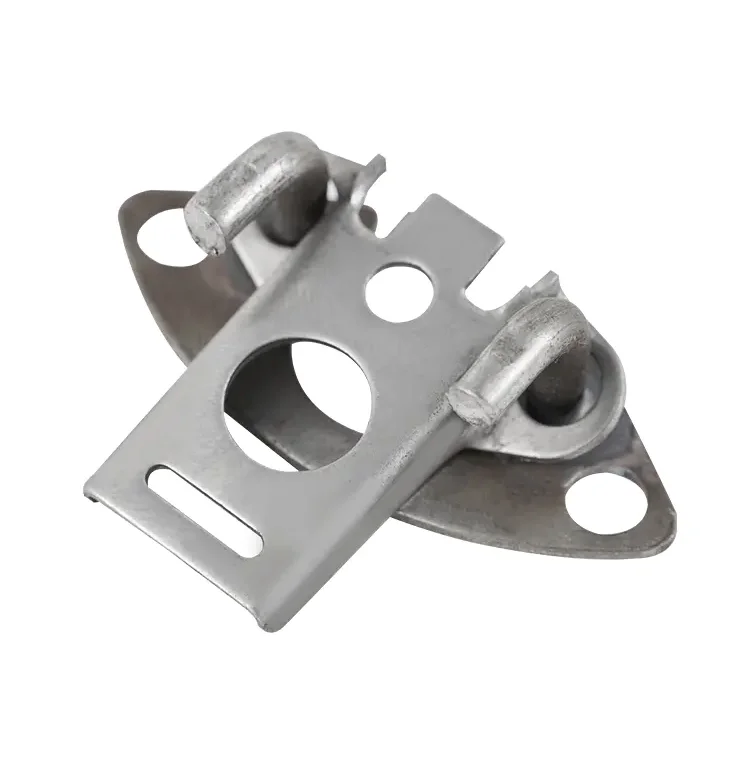Introduction to Durability Concerns
A Stainless Steel Float Ball is commonly used in industrial liquid level systems, tanks, and valves due to its excellent strength and corrosion resistance. However, long-term exposure to harsh environments such as chemicals, heat, and pressure raises questions about its ability to resist aging and cracking. Understanding how these factors influence the structural integrity of the float ball is crucial for ensuring safe, stable, and maintenance-free operation over time.
Resistance to Aging and Corrosion
Stainless steel, by nature, offers remarkable resistance to corrosion and oxidation, making it a preferred material for environments involving water, oil, or chemical solutions. The chromium content in stainless steel forms a passive protective layer on the surface, preventing rust and degradation. As a result, aging in stainless steel float balls is significantly slower than in plastic or other metal alternatives. Under normal operating conditions, these float balls maintain their appearance and mechanical strength for years without noticeable deterioration.
Causes of Cracking Over Long-Term Use
Although stainless steel is durable, it is not entirely immune to damage. Cracks may form if the float ball experiences constant mechanical stress, repeated thermal expansion and contraction, or contact with aggressive chemicals such as chlorides. Welded or joined areas are particularly vulnerable since they may experience localized stress or corrosion fatigue. If the ball is used in high-pressure environments, internal cavities could also develop microcracks over time. These issues are typically preventable through proper material selection, surface finishing, and stress-relief treatment during manufacturing.
Influence of Environmental Conditions
The lifespan of a stainless steel float ball greatly depends on its working environment. In highly saline or acidic liquids, even stainless steel can experience gradual pitting corrosion that weakens the surface. Prolonged exposure to high temperatures can also reduce toughness, leading to stress cracking under load. On the other hand, in neutral or mildly alkaline environments, the float ball can perform flawlessly for many years. Therefore, matching the correct steel grade—such as 304, 316, or duplex stainless steel—to the operating medium is key to preventing premature aging or failure.
Maintenance and Inspection Practices
Regular maintenance plays an important role in extending the service life of stainless steel float balls. Periodic inspections for discoloration, pitting, or minor cracks help detect early signs of wear before they evolve into serious damage. Cleaning the surface to remove mineral buildup or chemical residues further prevents corrosion. When maintained properly, stainless steel float balls can provide consistent buoyancy and strength for many years without needing replacement, even under continuous operation.
Ensuring Long-Term Stability
In conclusion, a Stainless Steel Float Ball is highly resistant to aging and cracking when manufactured with quality materials and used under suitable environmental conditions. While extreme chemical exposure, thermal cycling, or stress concentration may accelerate wear, these risks can be mitigated through proper design, alloy selection, and maintenance. With these precautions, stainless steel float balls deliver exceptional long-term reliability, maintaining performance and safety across a wide range of industrial and commercial applications.






